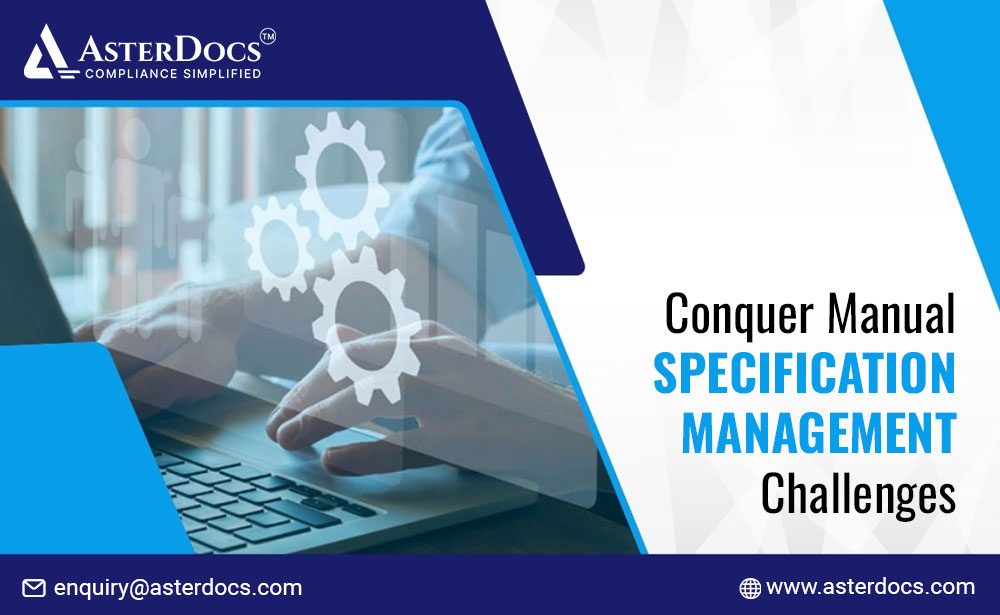In the modern business landscape, where every moment counts, the importance of efficiency and precision cannot be overstated. However, despite technological advancements, numerous organizations grapple with an outdated practice: manual specification management. This antiquated method, characterized by paper trails and isolated systems, poses many obstacles, impeding progress and diminishing overall performance.
Businesses can overcome these issues simply by adopting solutions that streamline these obstacles. By understanding these challenges and implementing effective solutions, you can unlock the true potential of your specifications.
Key Spec Management Challenges with Solutions
Let’s delve into the top five hurdles and how to conquer them:
1. Version Control Chaos:
Imagine multiple teams working on different versions of the same specification. Confusion, errors, and wasted resources ensue. Manual processes make it difficult to track changes, identify the latest version, and ensure everyone’s on the same page.
Solution: Implement a centralized platform with version control features. This allows for easy tracking of changes, clear version identification, and streamlined communication across departments.
2. Information Siloed Syndrome:
Specifications scattered across emails, spreadsheets, and physical folders create information silos. This hinders collaboration, making it difficult to find relevant information quickly and hindering knowledge sharing.
Solution: Opt for a central repository accessible to authorized personnel across the organization. This
fosters collaboration, improves knowledge sharing, and ensures everyone can access the latest information.
3. Communication Catastrophe:
When specifications lack clarity or consistency, misinterpretations and errors are inevitable. This leads to communication breakdowns, rework, and delays.
Solution: Standardize templates and formats for specifications. This ensures clarity, consistency, and easier interpretation across teams. Implement clear communication protocols for reviewing, approving, and updating specifications.
4. Compliance Riddle:
Keeping track of ever-evolving regulations and ensuring specifications comply can be daunting with manual processes. This can lead to costly non-compliance fines and reputational damage.
Solution: Integrate regulatory requirements into your specification management system. This allows for easy identification of relevant regulations and ensures specifications are compliant. Additionally, consider partnering with compliance experts for ongoing guidance.
5. The Cost Dilemma:
Manual processes are time-consuming and error-prone, leading to rework and wasted resources. Additionally, the lack of visibility and control can make identifying and addressing cost-saving opportunities difficult.
Solution: Invest in specification management software. This can automate tasks like version control, change management, and document review, freeing up valuable resources and reducing the risk of errors. Additionally, data analytics tools can provide insights into cost-saving opportunities within your specifications.
Embrace the Future: Automate Your Way to Success
By tackling these challenges and embracing automation, you can transform your specification management from a burden to a strategic asset. This will improve efficiency and accuracy, empower your teams, boost product quality, and ultimately drive business success. Remember, the future is digital, and your specifications should be too!














